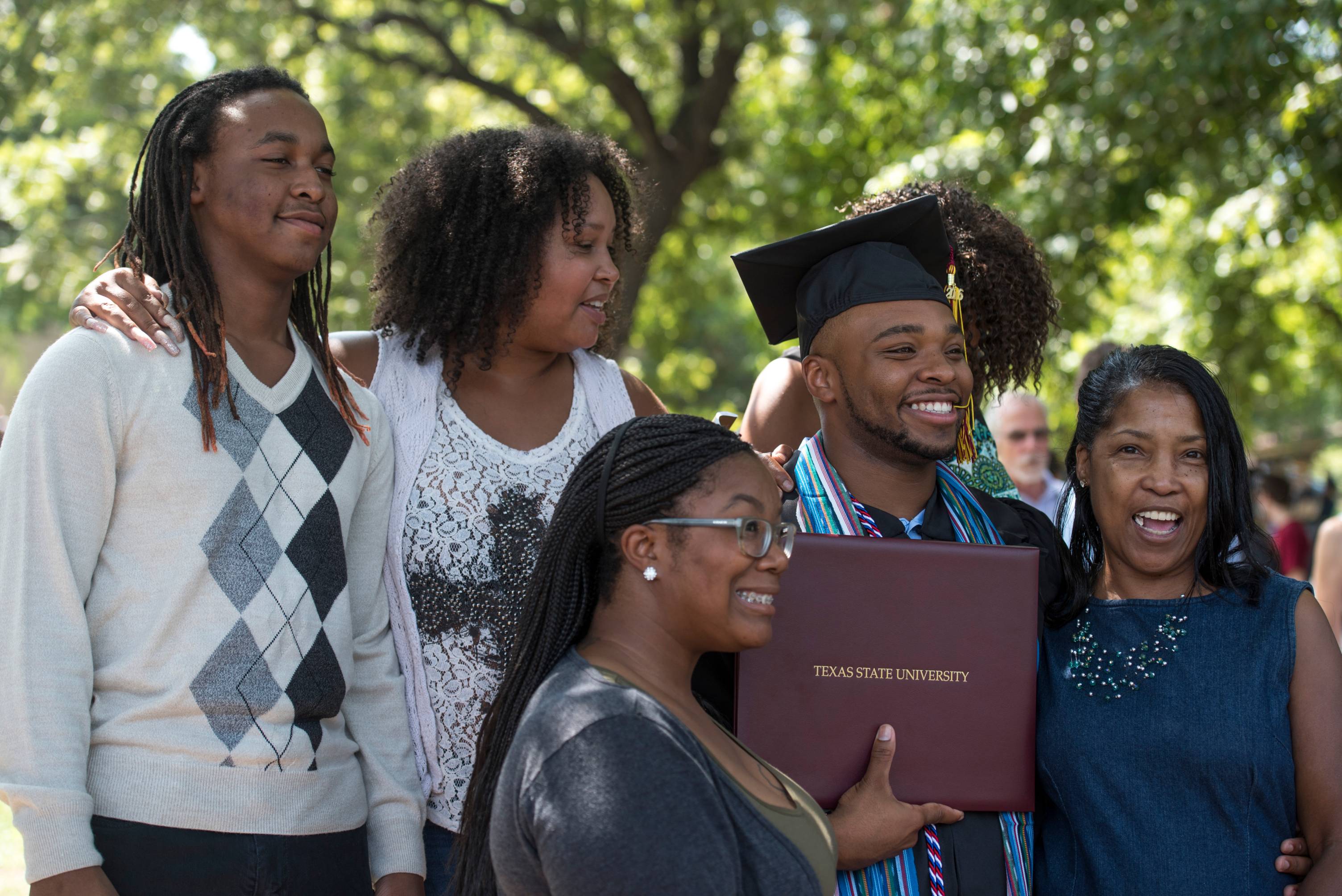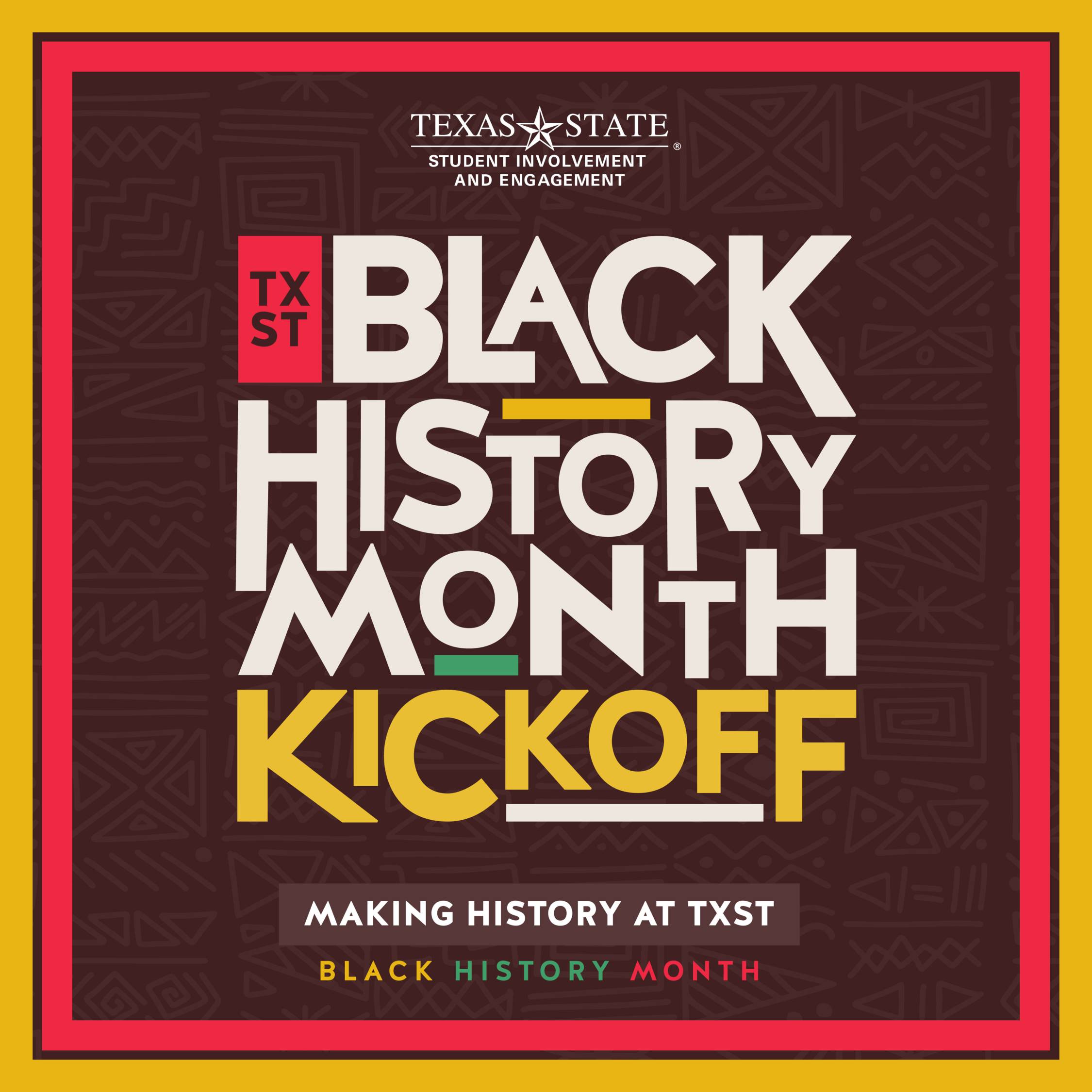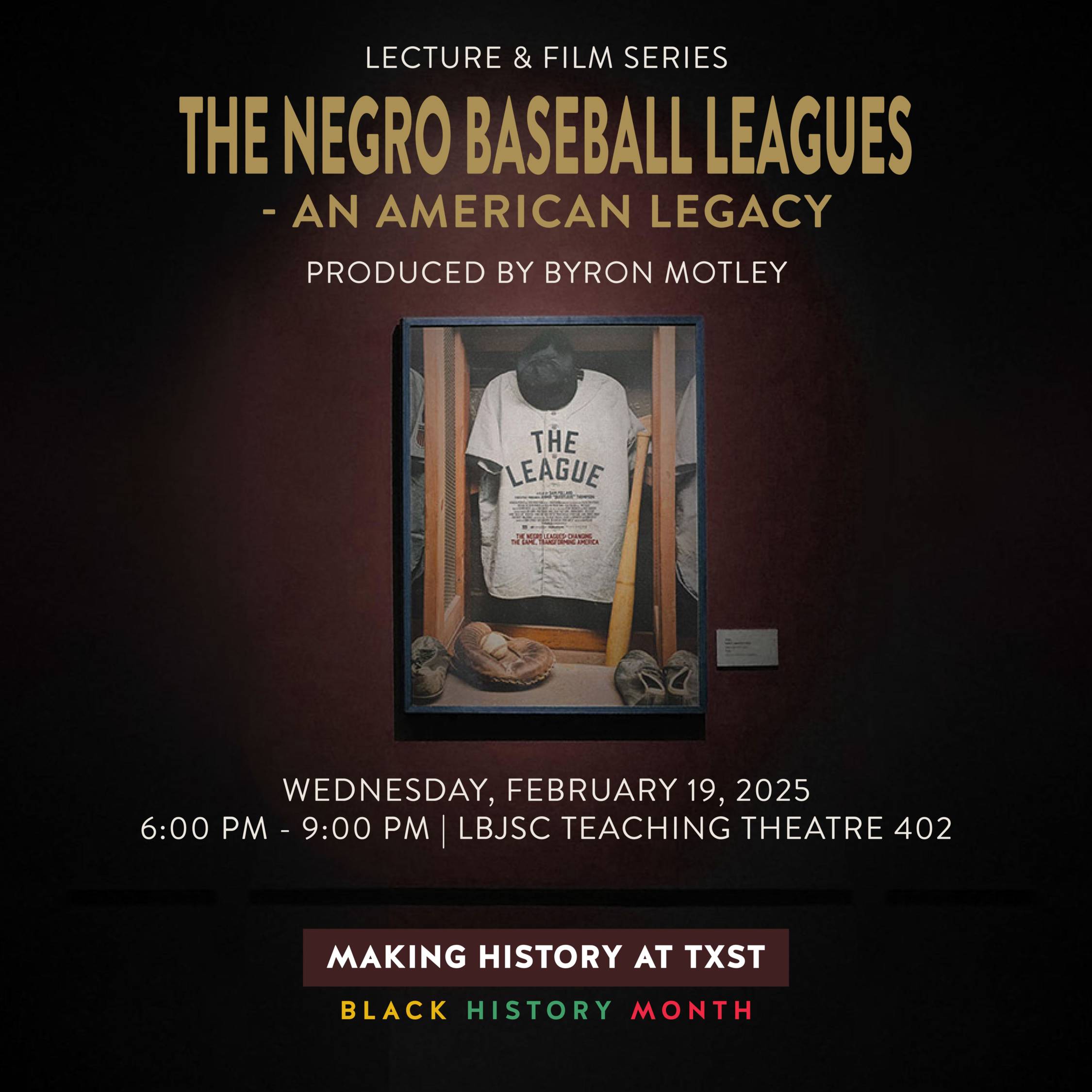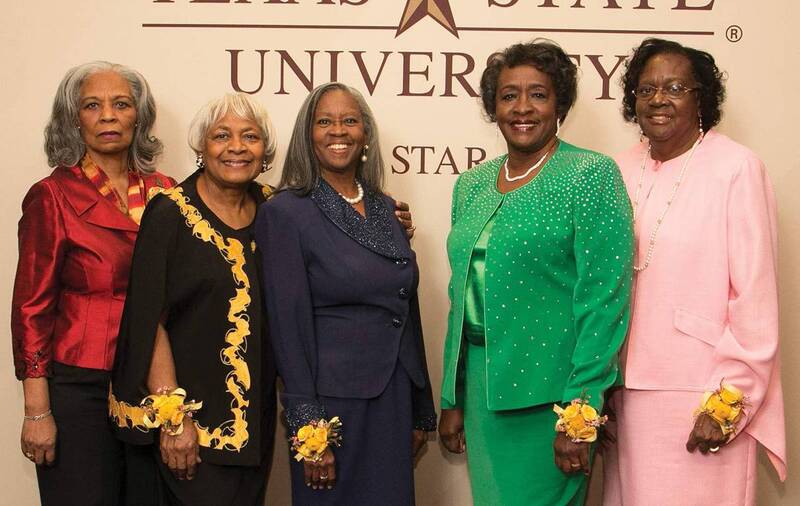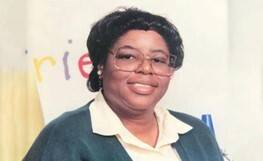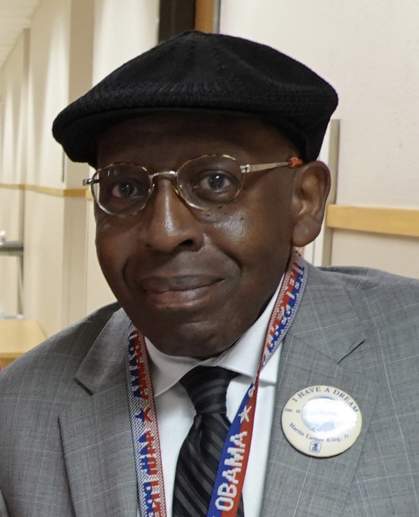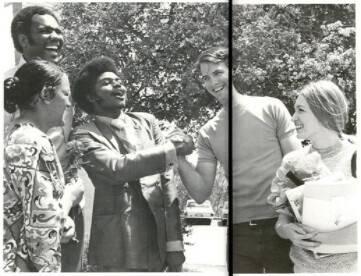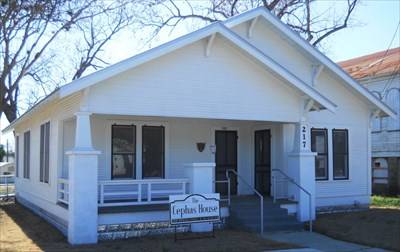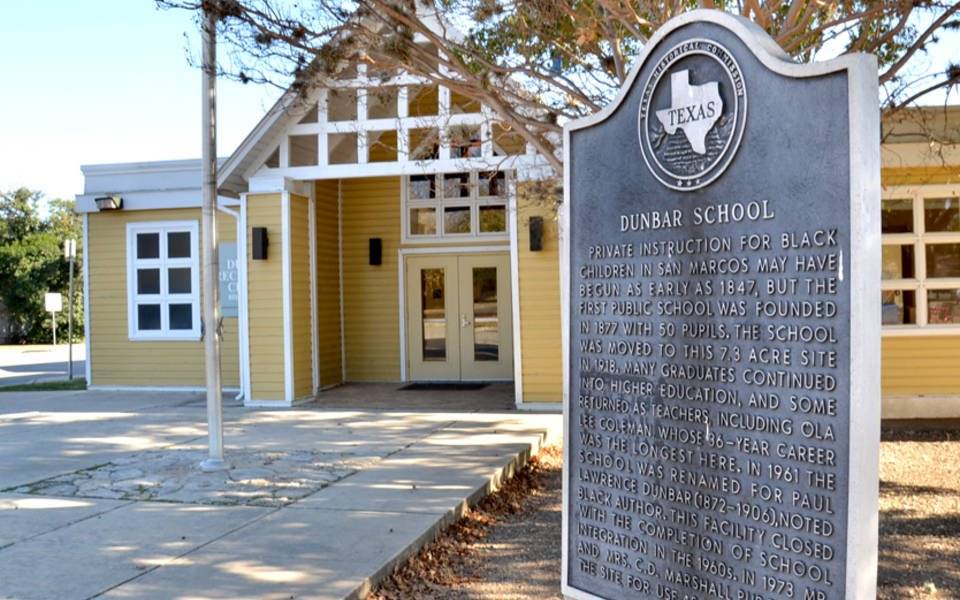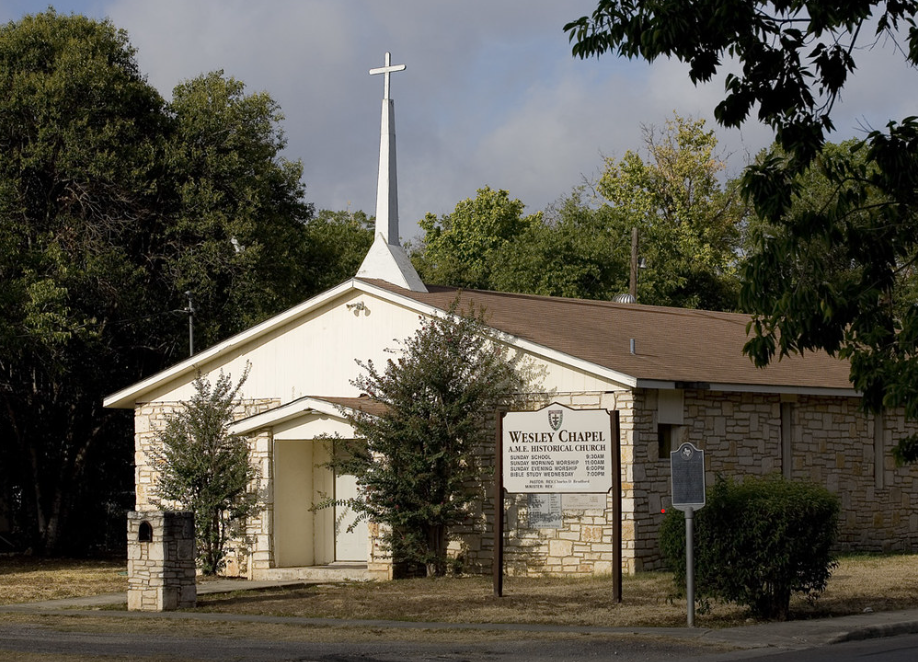Celebrated annually in the US from February 1 to February 28.
Originally conceived as a week by Carter G. Woodson in 1926 and officially designated as a month in 1976 by President Ford. Black History Month is a time to recognize, celebrate, and honor the contributions, achievements, and legacy of African/Black people in the US.
Below are opportunities and information to learn and engage in.
